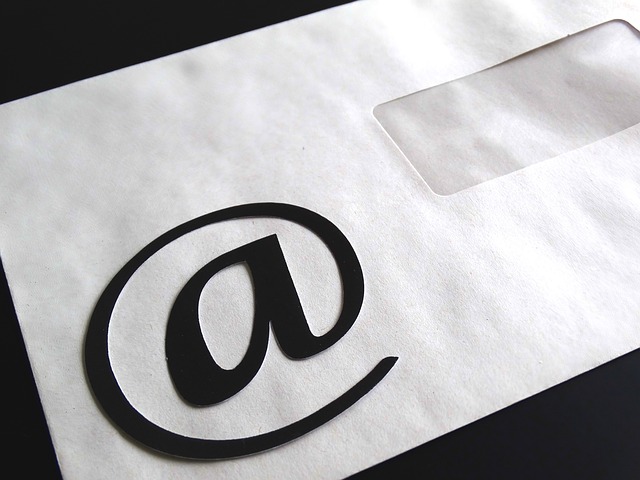I am an evangelist for email newsletters.
Whether or not you use my services to develop content, I will try to convince you to produce a regular email newsletter. Email newsletters offer most smaller nonprofits and solopreneurs their best opportunity to engage their audiences and get out the good word about their good work.
I probably haven’t heard all the reasons for not producing an email newsletter, but I’ve heard at least 8.
1. I don’t know what to write about.
Of course you do. You care about your work, don’t you? You’re good at what you do?
Then you have plenty to say.
If you don’t believe me, let me prove it. I will give you a free phone consultation. After chatting with you for 10 minutes, I’ll give you at least 5 possible newsletter topics. Guaranteed, or your money back!
2. People won’t be interested in what I have to say.
This is what my clients often mean when they say that they don’t know what to write about: They don’t know what to write that people will want to read.
It’s really good that you’re thinking about your readers! You may feel insecure, but you’re way ahead of communicators who think only about their own needs.
No subject is inherently interesting to everyone. All subjects can be made interesting to almost everyone if you pitch them to the needs and wants of your audiences. There are several posts on audience-centered communication in the Clear, Effective Communications archive.
3. I don’t want to give too much away.
Don’t worry about it. No one will learn to do program evaluation (thanks, Barbara!) or graphic design or data management by reading an e-mail newsletter. People will still come to the three-hour workshop if you outline the top takeaways.
Your email newsletter establishes your expertise in your field. It raises interest by giving real information (not hype) that leaves potential participants hungry for more. It builds donor or customer loyalty by showing your stakeholders just how important you think they are.
In other words, you give away valuable information in email newsletters because it helps you meet your goals.
4. We have too much material to fit into an email.
No worries! Just use a format designed to present a lot of text. Rather than dumping all the content right into the body of the email as I do, adopt the other major e-mail newsletter format: Provide a catchy headline and a couple of lines of intriguing text in the email with a link to the full article on your website.
5. Our e-mail list is a mess / outdated / nonexistent.
That is a problem. Consider spending the time (and money if necessary) to clean up your database. Your communication and marketing can be only as good as your contact list.
But while you think about the clean-up, start with what you’ve got. Your email newsletter list needs only email addresses.
Pull together whoever you can right now – say, your individual email contact list minus people whose names you don’t recognize. You can add new names as you get them. Your email service provider will automatically eliminate duplicates.
Plus, your email service provider will give you a sign-up form you can paste into your website. Use it.
List management is a subject for a whole series of e-letters. Let me know if you’re interested.
6. Nobody reads email newsletters any more.
Really? Here you are on #6.
Provide interesting, actionable content – preferably with a point of view and maybe some humor – and people will read.
It’s true that people in their teens and 20s are abandoning email for texts and social media. When your entire audience consists of people now in their teens, you have my permission to abandon email.
7. I don’t have time / We can’t put one more thing on anyone’s plate.
You don’t have time to cultivate donors and funders, build brand awareness, establish your leading position in the field, and give people who like your work a quick and easy way to refer you to others?
OK, I understand time pressures as well as the next person. But it doesn’t have to take that long to produce an email newsletter. If you hate to write, see #8. But if you write well (or someone on staff does), you’ll find that publishing a regular email newsletter is well worth moving some other task to the end of the list.
Or you can hire me. Producing an e-letter like this one will take a few hours of your time up front and no more than an hour per issue thereafter.
8. I don’t like to write / I don’t write very well / People often ignore my emails.
Well, good for you for knowing your limitations!
I am always amazed when people think that, because they studied writing from kindergarten or first grade through freshman year of college, they should be good writers. I studied math for the same period of time, but I’m not an accountant or a statistician or an engineer.
You do your job, which I don’t know how to do. Let me do my job – and give you more time to do yours – by writing your email newsletter.
Email newsletters are incredibly inexpensive, even when you pay a communications professional to write copy that gets results. They’re also incredibly effective, especially when you pay a communications professional to write copy that gets results.


